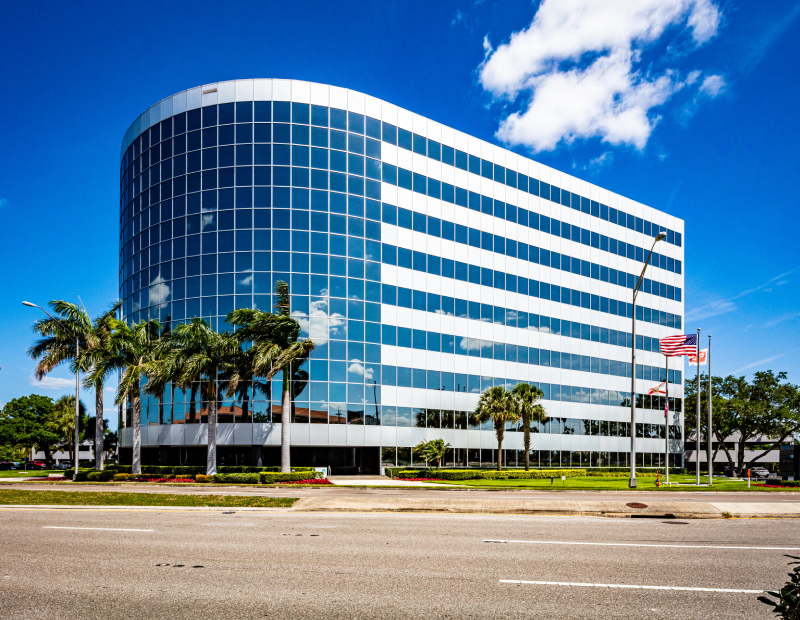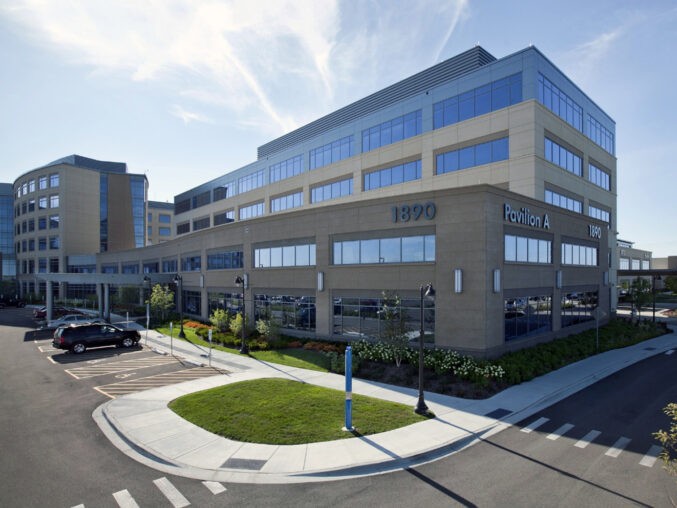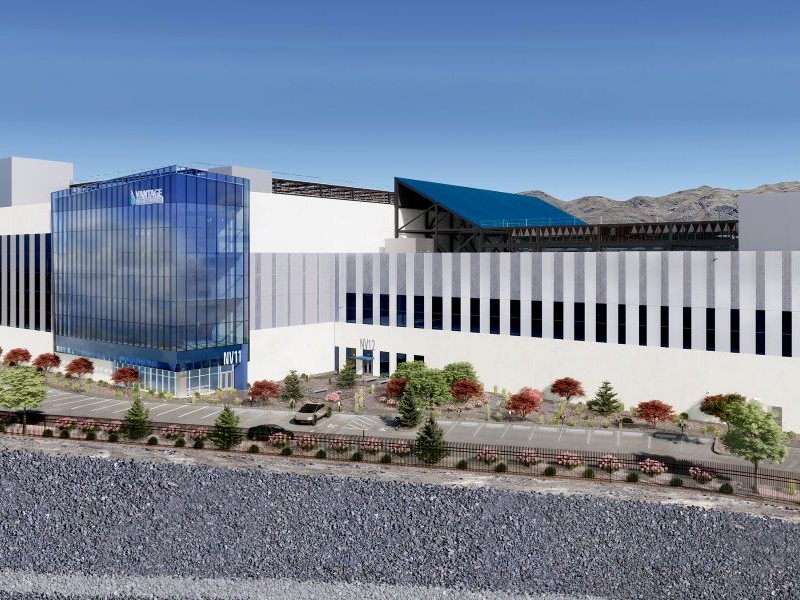NorthPoint to Redevelop Former General Motors Property in Ohio
RACER Trust has sold a 173.5-acre site adjacent to the General Motors Lordstown Assembly Plant in Lordstown, Ohio, to NorthPoint Development, which will transform the formerly vacant property into a 1.5 million-square-foot industrial park.
RACER Trust has sold a 173.5-acre site adjacent to the General Motors Lordstown Assembly Plant in Lordstown, Ohio, to NorthPoint Development, which will transform the formerly vacant property into a 1.5 million-square-foot industrial park.
RACER Trust, or Revitalizing Auto Communities Environmental Response Trust, is the entity charged with remediating properties owned by the former General Motors Corp. before its 2009 bankruptcy and positioning them for redevelopment. The trust is one of the largest holders of industrial property in the U.S., and its process of identifying the right buyer is highly selective. The rules did not change for the Lordstown property.
“We had been marketing this property since the effective date of the trust [in 2009] and had actually received interest from a few parties, vetted them and did not decide to pursue any of them until NorthPoint expressed interest in our property,” Bruce Rasher, redevelopment manager with Racer, told Commercial Property Executive. “We felt NorthPoint’s proposal to acquire and develop the property would maximize the value in terms of investment tax creation and job creation.” RACER has worked with NorthPoint before, having sold the developer an asset in Kansas City, Kans. late last year.
NorthPoint’s plan for the Lordstown site at 1829 Hallock Young Rd. entails the development of an industrial facility offering warehouse and light manufacturing accommodations and, perhaps of great importance to RACER, 1,500 jobs upon completion.
Sited, roughly 60 miles outside of Cleveland, Lordstown may not be a top industrial market, but the demand for industrial space in the city is no less real. “The current operations of General Motors in that region is an economic engine that will need to be fed by supporting businesses, mainly suppliers, but there is also an opportunity to capture general logistics and other manufacturing operations at that site as well,” said Rasher.
And the timing of the project appears to be just right. “The economy has rebounded from the deep recession that we were in,” Rasher added. “In fact, vacancy rates for industrial property, particularly new modern manufacturing and warehouse logistics facilities, have gone down significantly and so therefore the market demand is sufficient for new construction.”








You must be logged in to post a comment.